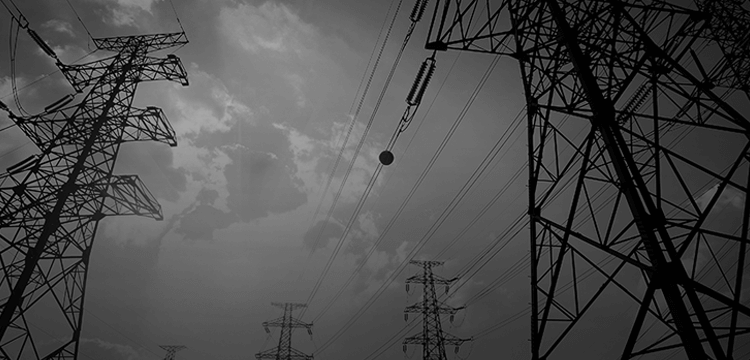In a new white paper released today, American Rising Squared (AR2) analyzes the web of subsidies enjoyed by the renewable energy industry. For context, in 2016 alone, American taxpayers were charged more than $13 billion through federal government expenditures related to renewable energy and energy efficiency.
April 13, 2018
In a new white paper released today, American Rising Squared (AR2) analyzes the web of subsidies enjoyed by the renewable energy industry. For context, in 2016 alone, American taxpayers were charged more than $13 billion through federal government expenditures related to renewable energy and energy efficiency. When added to local and state spending it becomes clear that the average American has been bankrolling the clean energy sector, with a lack of transparency and an overall low return on investment.
For this white paper, AR2 examined a database maintained by North Carolina State University revealing roughly 1,000 programs in the United States offering financial incentives to promote renewable energy technologies for residential and commercial customers. AR2 makes several findings:
- In 2016 alone, American taxpayers were charged over $13 billion through federal government expenditures related to renewable energy and energy efficiency.
- Minnesota has more subsidy programs for renewable energy technologies than any other state
- In total, 29 states have renewable portfolio standards and eight states have renewable energy goals.
- In several states, government programs operate with their own financial incentives independent of other government programs.
- There are 86 programs that exclusively offer incentives for solar photovoltaic programs, 25 of which are California alone.
- While state bureaucrats have built extensive systems to support clean energy through the use of taxpayer money, there is limited discussion of the environmental cost from “clean” energy technologies, which often require abundant sources of rare earth minerals that are energy intensive to both extract and refine.
The process of shaping America’s energy policy, particularly when it comes to renewable energy and their connection to critical materials like rare earth, lacks the essential simplicity for average Americans to understand. The government’s objectives appear primarily political, with neither clear “big picture” goals nor the strong leadership needed to chart a logical path forward.
Billions in federal and state spending for this elaborate tapestry of mismatched, ineffective, redundant, and short-sighted programs continue to move forward without critical or objective review. The plain fact is that America’s bureaucrats continue to throw billions of taxpayer dollars toward renewable energy without asking the hard and inconvenient questions.
Full white paper here.

